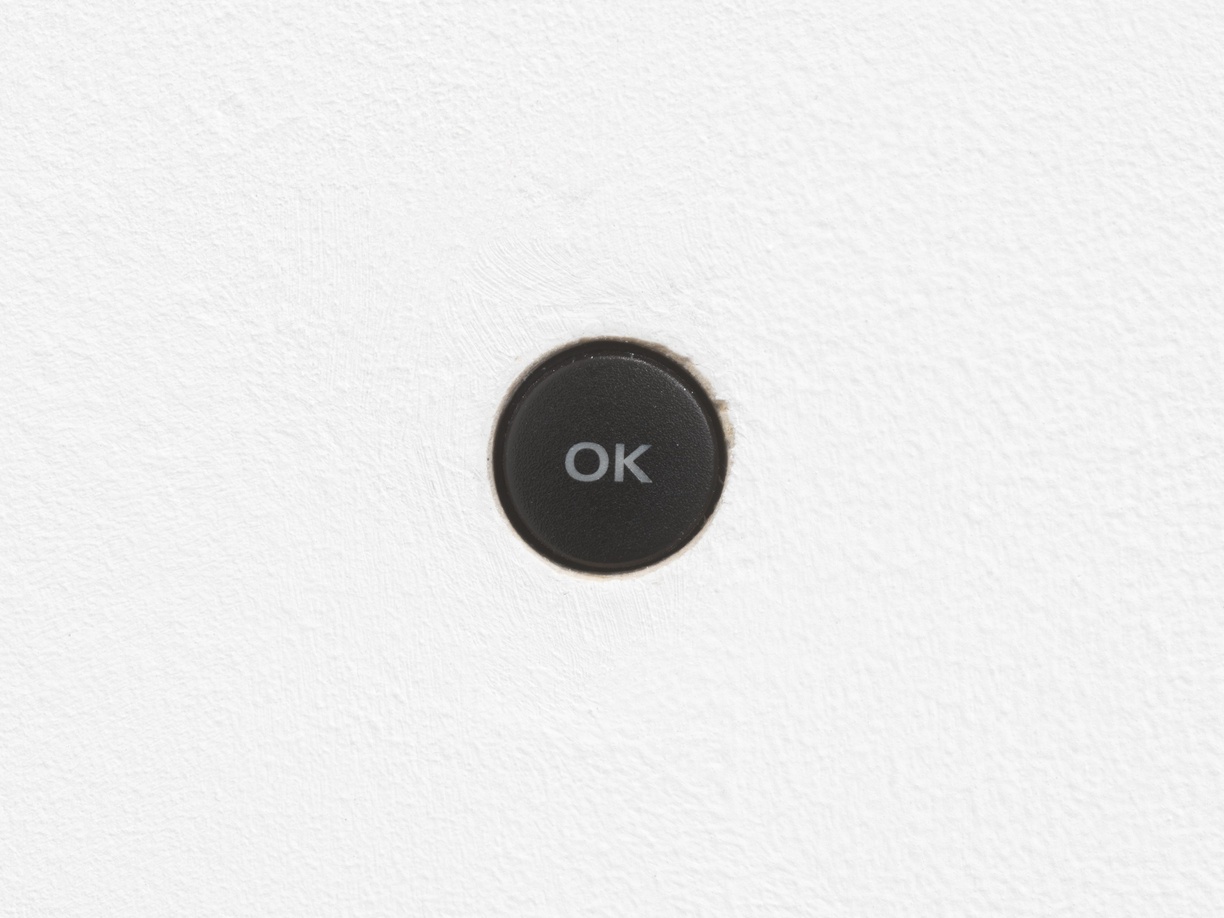
whereabouts
April 2 – May 29, 2022
→ Hessel Museum of Art
Curated by
- Dominika Tylcz
Part of
Exhibition Category
Thesis Exhibitions, Student Curated Projects
“What is it about?” is a question often posed in response to artworks we find difficult to interpret. The question demands that the work become discursive and connected to larger narratives. But what happens when a work of art resists such connections with discourse and instead forges links with its environment? whereabouts brings together sculptures that encourage a more immediate, physically contextual approach to beholding art. The question of a work’s “aboutness” is here replaced with a relation of “aroundness”: a mode of meaning produced through spatial and material involvement with the work’s surroundings. Recent artworks by Cudelice Brazelton IV, K.R.M Mooney, and Bat-Ami Rivlin mine the potentials of their sculptural materials to call attention to their immediate physical context. They do so by foregrounding their relationships with the viewer and the architecture of the exhibition space, in the process revealing their own contingent and mutable character. Brazelton’s inventive compositions extend outward, seeking interactions with both the surrounding infrastructure and the audience: Nub (2021) appropriates part of the gallery wall for its own whimsical purposes, while With a Crooked Stance (2021) uses magnets to amplify chance interactions with its environment, channeling adaptation and vulnerability. In Mooney’s complex sculptures, structural elements of industrial tools invite dialogue between the infrastructure of the space and the defunct utility of the part. Similarly, installations by Rivlin are configurations of industrial materials whose functionality is coextensive with their form - the artist arranges scenarios where the performed function of a tool becomes futile or negative, revealing the supplemental nature of mass produced objects and their dependence on human actors. The artworks in whereabouts operate through their own relationality, redistributing their content to their direct vicinity: space, architecture, and the viewer become as much a part of the work as the materials themselves. The artists deploy site-specificity as a set of variables to catalyze associations with material histories and to spark embodied memories. whereabouts decenters discursive explications and invites us to look for meaning in environmental entanglements.












